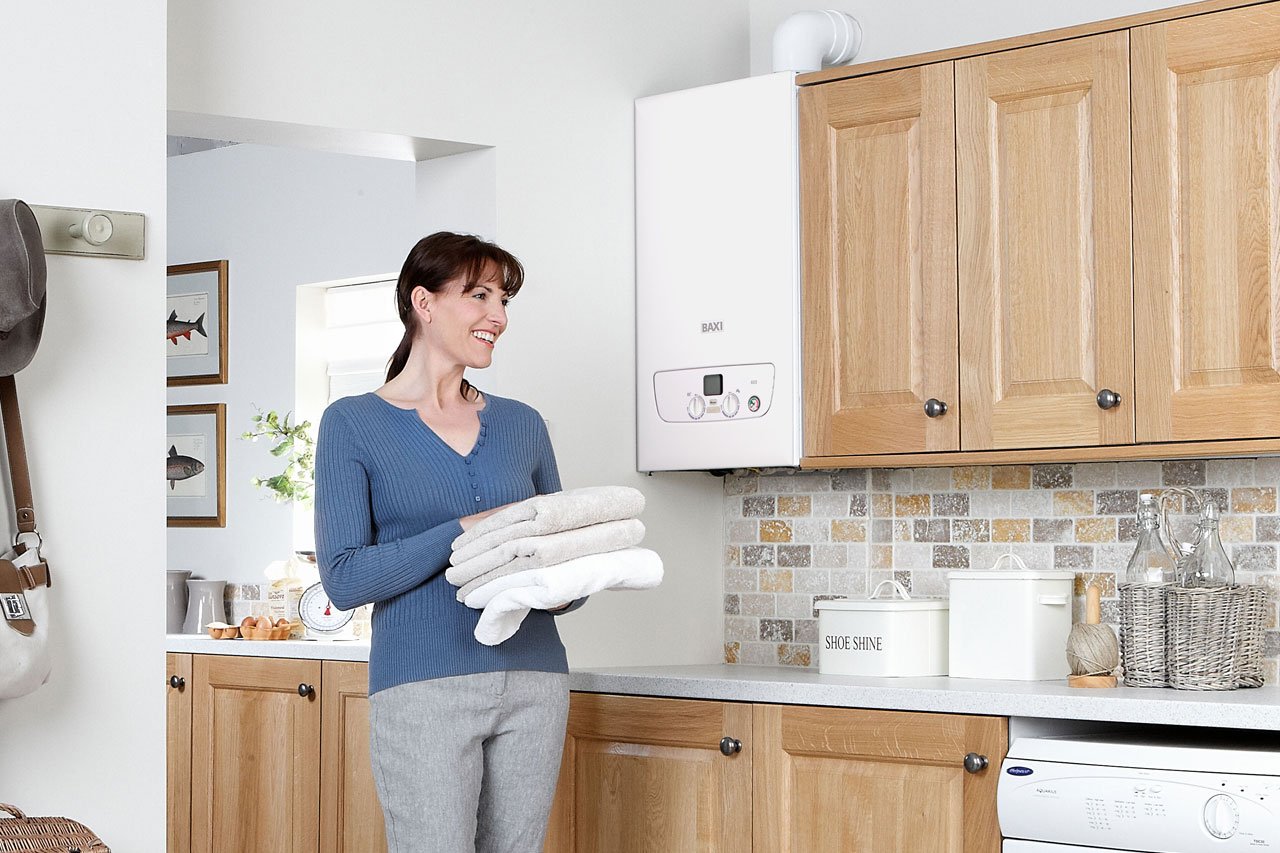How to fix high Boiler pressure
The water pressure inside your boiler should be between 1 and 2 bar.
If you look at the pressure gauge on the front of the boiler when it is working, the needle should be in the green area. If the needle is creeping into the red area, it means the boiler pressure is rising and needs your attention.
Signs your boiler pressure is too high
The most obvious sign that your boiler pressure is too high is the reading on the pressure gauge on the front of the boiler. If the pressure gets too high when the heating is on, the pressure relief valve (PRV) may be triggered, and you may see water dripping from a copper pipe, which is usually located outside. Some boilers may also have an error code to indicate high pressure. Check your user manual to see if your model has a high pressure error code.
Why is my boiler pressure too high?
There a several reasons why your boiler pressure is too high.
- A radiator has been removed, for example while decorating a room, and the system was overfilled when it was replaced.
- The water pressure was low and was topped up too much.
- Check that the filling loop is completely closed and not letting more water into the system.
If the water pressure continues to be high after bleeding the radiators, please call your heating engineer or Baxi Customer Support to check your heating system is safe to use.
How to fix high boiler pressure
The best way to reduce the pressure in your boiler is to bleed the radiators. Before you start, make sure your central heating system is switched off. You’ll need the radiators to be cool enough to handle. Some modern radiators can be bled with a screwdriver. However, for most types of radiator, you’ll need to use a radiator key.
- While your heating is on, carefully feel the tops of each of your radiators to check if they are warm. Those which are cold at the top need bleeding.
- Switch off your central heating, and let the radiators cool down before bleeding radiators.
- Look at the valve on the top of the radiator – some need a screwdriver to undo them, but for most you will need a radiator key. These are very inexpensive and widely available at DIY stores.
- Holding a cloth underneath the valve to catch any drips, slowly turn the key anticlockwise to open the radiator valve. You should hear hissing as the air escapes.
- When the hissing stops and water stars to come out of the valve, turn the radiator key clockwise to close the radiator valve.
- Repeat for all the radiators that you needed to bleed.
- Check the pressure gauge on the front of your boiler – it should be around 1.5 Bar. If the pressure is too low, you will need to top it up. We show you how to top up the pressure in your boiler here.
- When you have checked that the boiler pressure is correct, turn on your central heating and check the radiators have not got any cold places. If there are still cold spots, your central heating system may have sludge and debris which is stopping it from working efficiently. Your Gas Safe registered installer can flush and clean the system for you, and treat the water with an inhibitor to keep it clean.
How to repressurise a boiler
It is quite simple to top up the water pressure in your boiler. You should be able to do it yourself without having to call a heating engineer.




